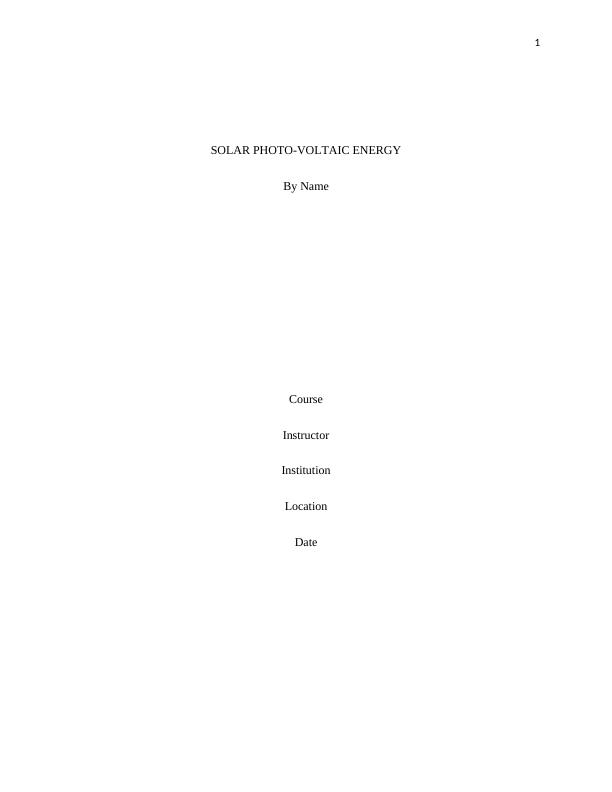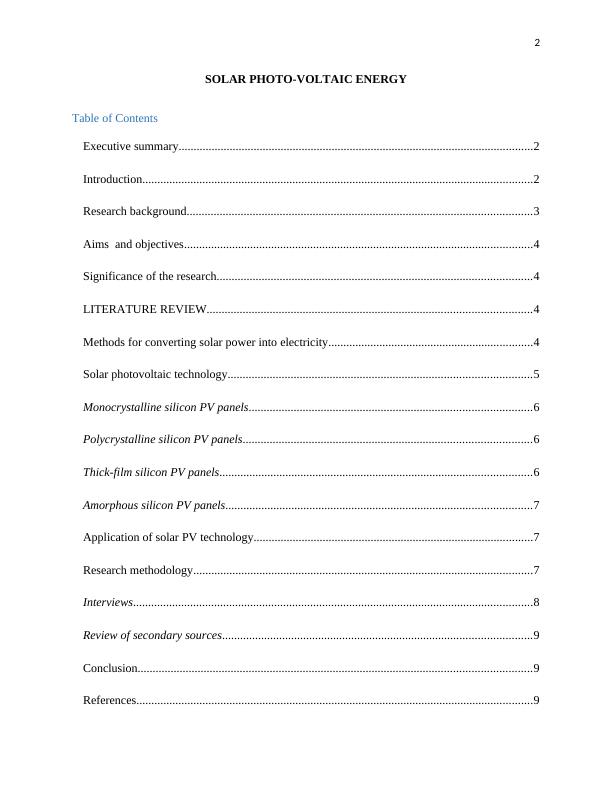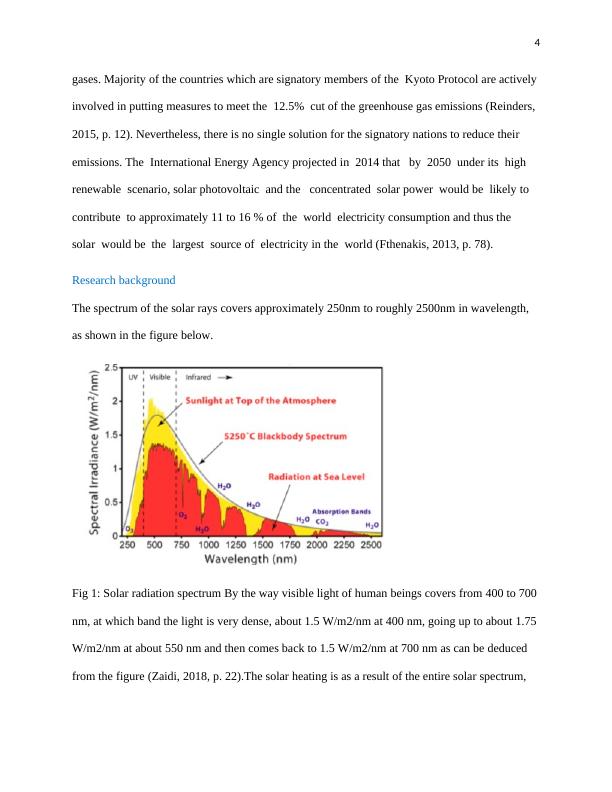1. SOLAR PHOTO-VOLTAIC ENERGY By Name. Course Instructo
Summary of the assignment on Solar Photovoltaic Energy in Building Studies.
11 Pages1910 Words269 Views
Added on 2023-03-30
About This Document
Hi I don't need the ppt. only 2000 words report. the ppt and summary was due before. I have attached both of them below. I just need the report based on the summary and ppt attached below.
I want HIGH QUALITY report based on the summary attached below. MORE INFORMATION NEEDED.
do check the details mentioned in the ( Assignment 3 details )
NOTE:MAKE SURE THE TOPIC REMAINS SAME. and the criteria must be followed as mentioned in details of assignment 3. PLEASE do use the information from summary attached below as well as this was the first part of this assignment which I did by myself ( this must need to link with this report) .
1. SOLAR PHOTO-VOLTAIC ENERGY By Name. Course Instructo
Summary of the assignment on Solar Photovoltaic Energy in Building Studies.
Added on 2023-03-30
ShareRelated Documents
End of preview
Want to access all the pages? Upload your documents or become a member.
conventional photovoltaics systems Assignment PDF
|18
|3480
|361
Photovoltaic Solar Power System Assignment 2022
|21
|3747
|135
Solar Energy Utilization in Australia: A Review
|6
|1421
|189
(PDF) Solar Energy and Photovoltaic Systems
|44
|10933
|150
Solar Energy: Photovoltaic Panels (PV)
|12
|2921
|30
Solar Energy PV Panel in Construction PDF
|9
|2478
|84




